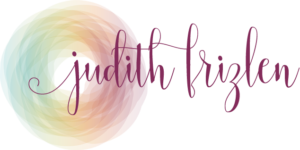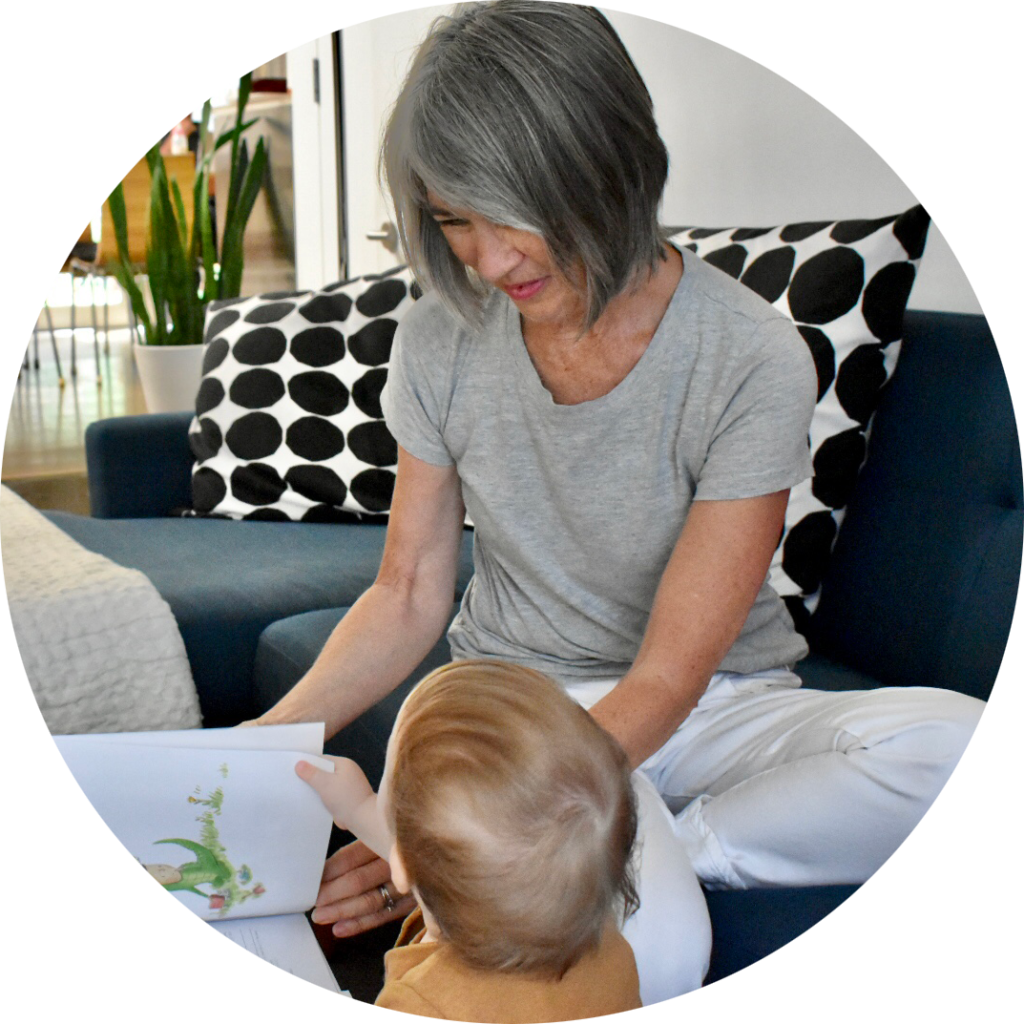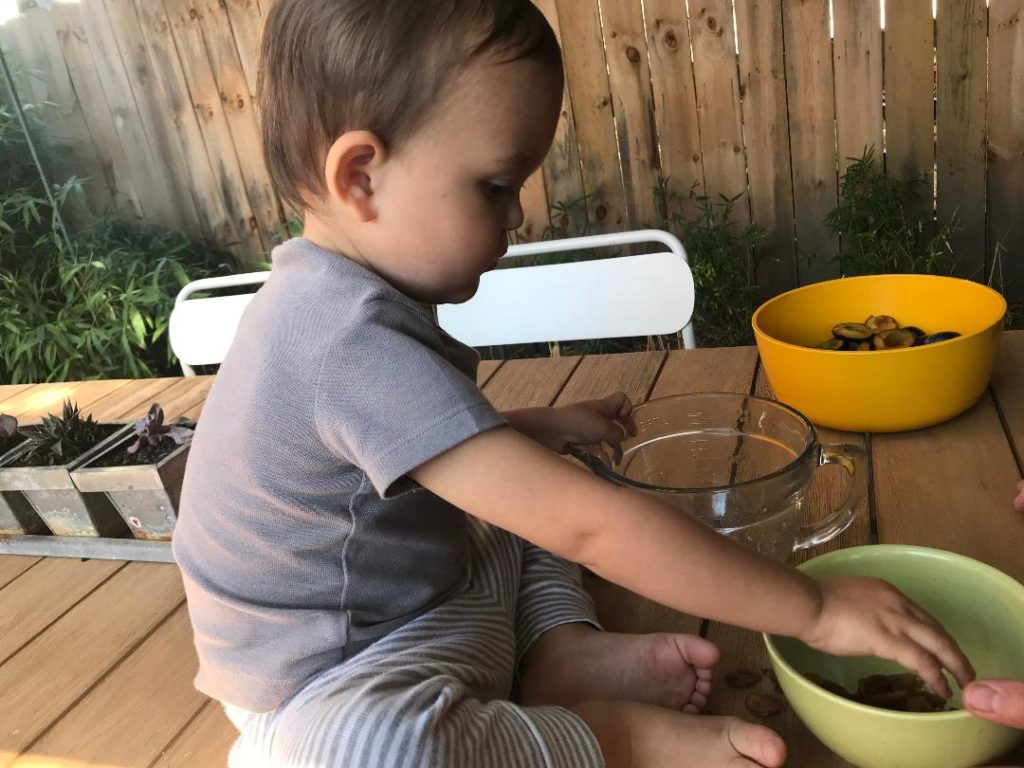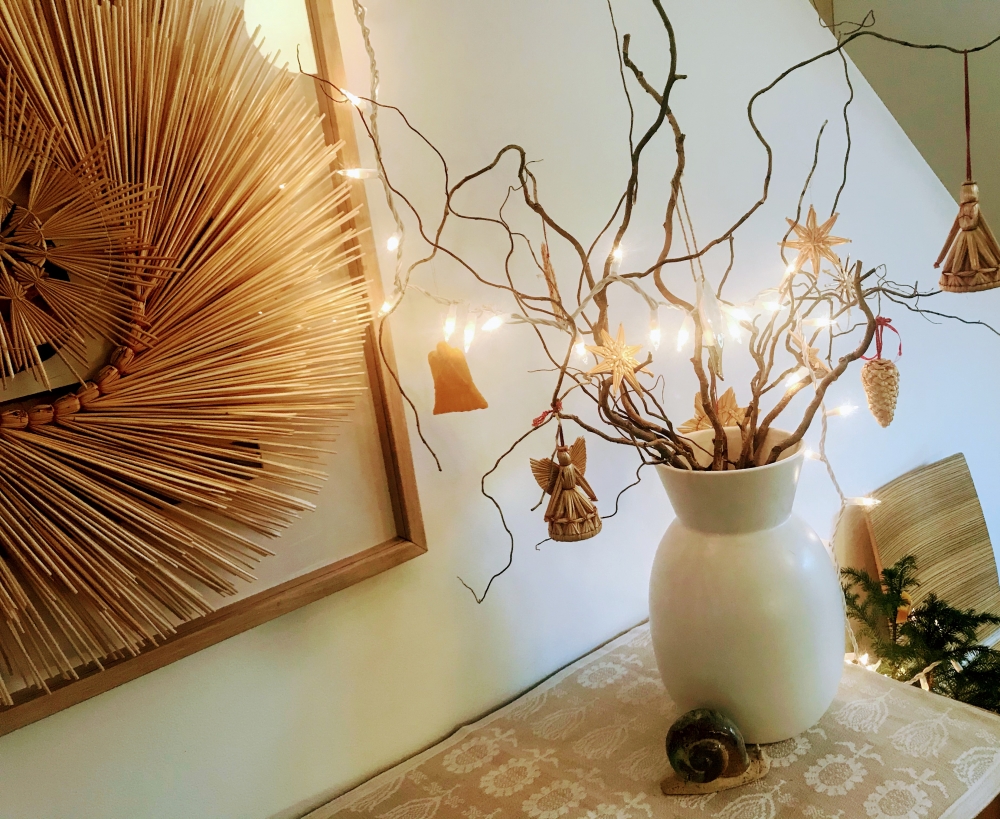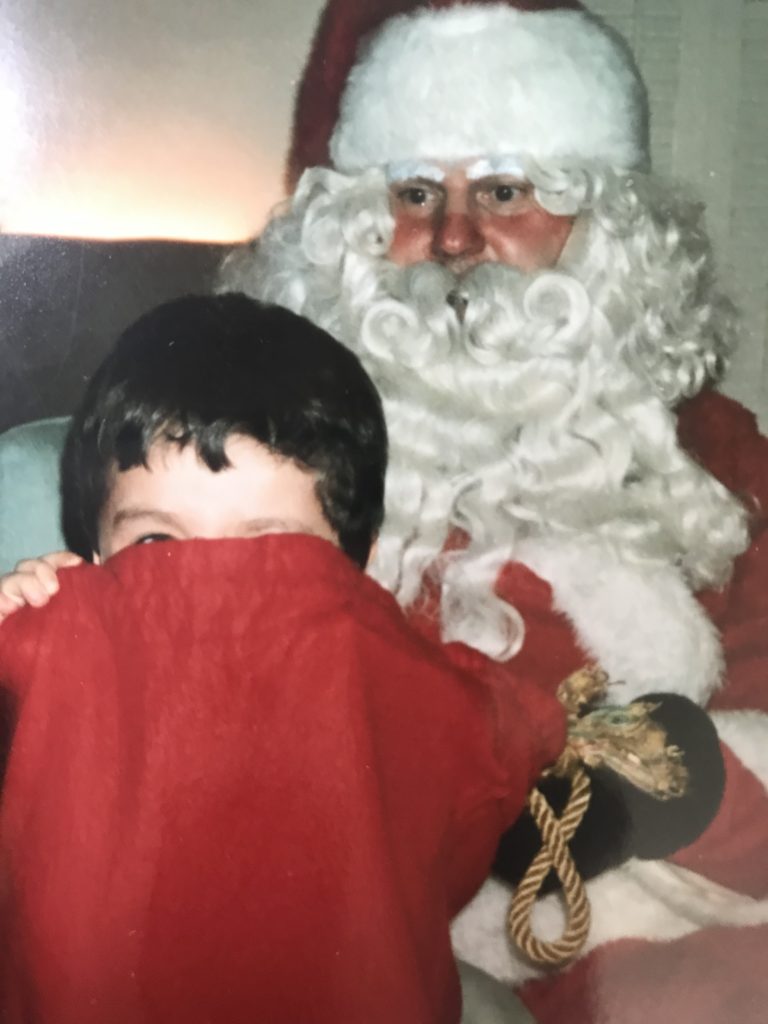Did you ever buy something before you knew its purpose in your life? We recently bought a small lake house which we have been turning into our summer retreat.
It’s small, simple, and surrounded by trees with a panoramic view of the lake. There’s a large wooden picnic table for outdoor dining which needed a covering.
In Mexico, we once bought a colorful table cloth made from agave, a versatile plant that grows in the region. Too large for any of the tables in our city home, it sat in a storage box for years.
Until one day, I brought the box of table cloths to the lake and tried them out. There were all too small except for the Mexican one. I put it on the table – it fit perfectly and added just the right pop of color!
It’s the same with things I learn. Sometimes they have an immediate application. Other times they are stored for later use.
I have been studying early childhood education and adult soul development for almost forty years. Recently, I have come to understand how they are woven together and a new application for that learning.
The young child’s needs are the same as the adult’s inner child!
Everyone has an inner child, so understanding early childhood provides resources for understanding ourselves at any age. According to LifeWays Founder, Cynthia Aldinger, early childhood education is high schooling. Read more to understand the implications of it.
Young children are not mini-adults. They have unique developmental needs different from other stages of life. Many adults may have not learned what those needs are.
Adult practices that support early childhood development
- Present a world that is good. Protect children from stressors they have no power to affect and provide a model to imitate.
- Acknowledge what children want without giving them everything. Wanting is ok; getting is not always ok. Respond to requests with a clear yes or no. Allow the expression of feelings to come and go.
- For adults to provide the above, it is necessary to heal their own wounded inner child. Let’s face it: we all have wounds from childhood. And fortunately, we all have the power to heal.
The good news and the bad news
Within each of us, is a wounded child and an adult higher self with knowledge and the capacity to heal. Every child experiences wounds while growing up and every adult has an inner healer.
Giving children what we wanted but did not get in childhood does not heal the inner child nor speak to our children’s needs.
Instead of addressing the child before us, we are then addressing the child within us.
An adult who ministers to their own childhood wounds, can better assist children and other adults process life’s pains and upsets.
“Knowing oneself comes from attending with compassionate curiosity to what is happening within.” – Dr. Gabor-Mate
How do we heal our inner child’s wounds?
First of all, recognize and acknowledge both the inner child and the adult higher self. The inner child has a unique personal story and the adult higher self can tap into universal, objective knowledge of healing and recovery.
We become present to the wounded inner child when we experience something unwanted or when something we want does not happen. The inner child can have stormy emotions – even tantrums.
She can be petulant, take things personally, and look to assign blame.
Listen to the inner child express her feelings then invite the adult higher self to step in.
Listening to the inner child without judgment opens the door to the process. It is the adult higher self who is listeining.
To connect with my adult higher self, I read uplifting words, talk with friends, spend time, in nature and meditate. That’s where I find comfort, objectivity, and possibility.
When the adult higher self and the inner child are in conflict, it obstructs peace, joy, and success. The conflict is resolved when the adult higher self and the inner child reconcile and align their desires.
Only when we are internally aligned can our desires align with external circumstances and a flow of energy. I call this the magic zone.
Out of alignment
If the inner child cannot trust an adult to lean on, they try to take charge, but they are not good leaders. When the adult does not listen to the child, the child demands attention with any means available.
After awhile, if the child is not heard, she may become outwardly silent, but is not quiet internally.
Getting back in alignment
To collect the inner child, the higher self can affirm “I’ve got this and you are safe.” It is an inner dialogue; one we can practice.
“I see you. I hear you. I love you.” How does it feel when you say those things to your inner child? It can be difficult if you did not experience those words as a child, but it will get easier with time.
Connecting the inner child and the adult higher self can reap great benefits. When they are in synchrony, there is peace, clarity, and the ability to see a path forward towards purpose and meaning in life.
Taking responsibility for healing the inner child is freeing.
Everyone has an inner child and an adult higher self. Our early childhood experiences impact us lifelong and serve a purpose.
In times of uncertainty, the inner child may look for a leader outside of herself. Who might that be?
The answer is, when we are connected within, each of us is a leader who can connect with others and purposeful activity.
You have more power than you ever dreamed of.
All you need lies within. When we look outside of ourselves for the answers to our problems, for healing, for peace and joy, it alludes us.
It’s an inside job. And the path to our humanity.
Where there’s room for everyone to walk together toward a better world.
Everything we experience and learn in early childhood impacts our whole lives! And it’s always useful. Listen and wait for the purpose to be revealed. It is woven into the fabric of your life.
I was a quiet, sensitive child who felt things deeply. Now I am a voice for the voiceless, speaking for the child and the inner child everywhere.
